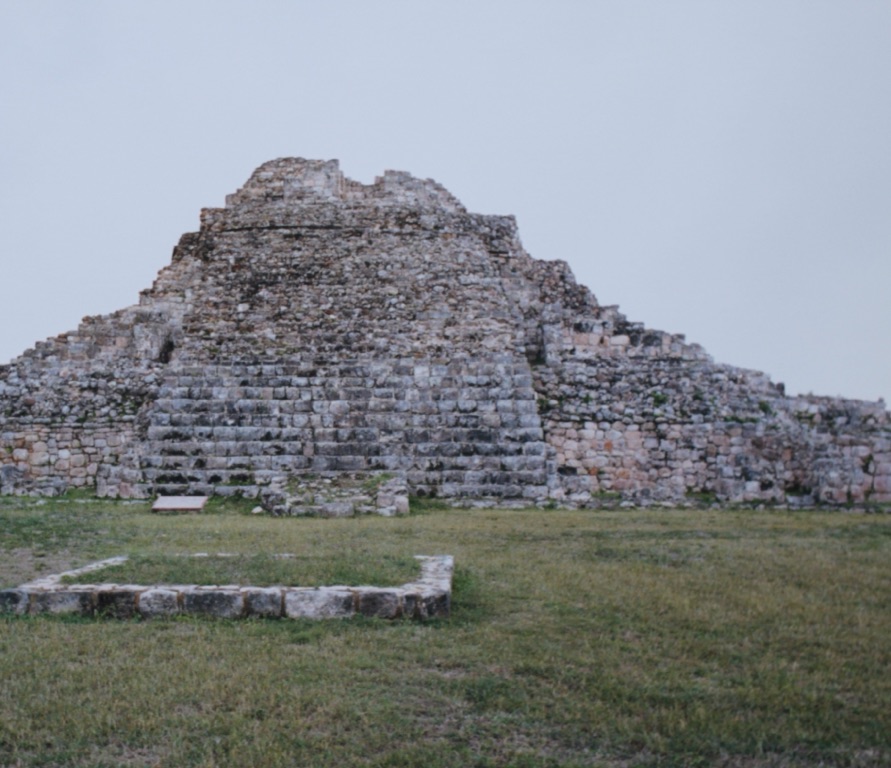Summary
Unveiling the Mysteries of Oxkintok
Oxkintok is a hidden gem from the ancient Mayan civilization, nestled in the northwest of the Yucatan Peninsula, Mexico. This site holds significant historical value due to its unique architectural styles and advanced city planning. Visitors to Oxkintok are greeted by imposing structures like the Tzat Tun Tzat maze, which showcases the intricate Mayan approach to building and decoration. The site’s layout reflects a sophisticated understanding of astronomy and timekeeping, positioning it as a beacon of Mayan innovation in its era. Oxkintok has been subject to archaeological studies that aim to unravel the richness of Mayan culture and its relationship with the surrounding landscape.
Get your dose of History via Email
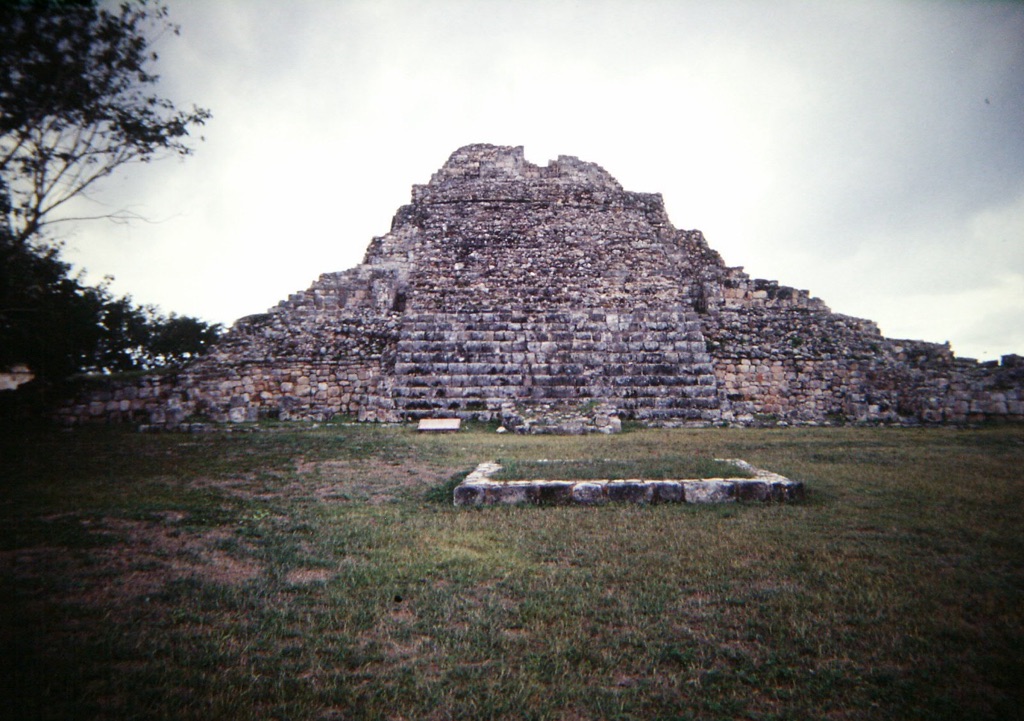
Oxkintok’s Cultural Significance
As an important ceremonial center, Oxkintok serves as a testament to the religious and socio-political framework of the Maya. It boasts several temples, altars, and stelae that encapsulate the spiritual essence of the Mayan people. Each stone etching tells a story, offering deep insight into the rituals, gods, and the cosmology that shaped a civilization. The intricacy of the carvings and the strategic placement of religious icons underscore Oxkintok’s role as a hub for religious gatherings and a sacred space for introspection and connection with the divine. Not only is the site a key to understanding the intricate Mayan belief systems, but it also opens a window into their daily practices and community organization.
Conservation and Tourism at Oxkintok
Oxkintok has become a pivotal site for those looking to experience the splendor of Mayan heritage first-hand. It’s a place where history comes alive, allowing for an immersive journey through time. Preservation efforts are critical in maintaining the integrity of the site for future generations and enhancing our understanding of the Maya. Responsible tourism practices help promote sustainability, ensuring that this remarkable historical site remains a source of knowledge and wonder. As a destination, Oxkintok not only offers an educational excursion into the past but also contributes to cultural preservation and provides a boost to the local economy.
Historical Background of Oxkintok
The Rise of Oxkintok
Oxkintok is a testament to the powerful Mayan legacy that once flourished in the Yucatan Peninsula. Established in the Pre-Classic period, the city reached its zenith during the Classic period of Mayan history. During this time, it connected major hubs of Mayan civilization as a strategic trade and cultural center. Stone carvings reveal the city’s affluence, with records of nobility and important events inscribed upon them. The city thrived through well-established trade routes and a complex social structure, underpinning its importance in the ancient Mayan world.
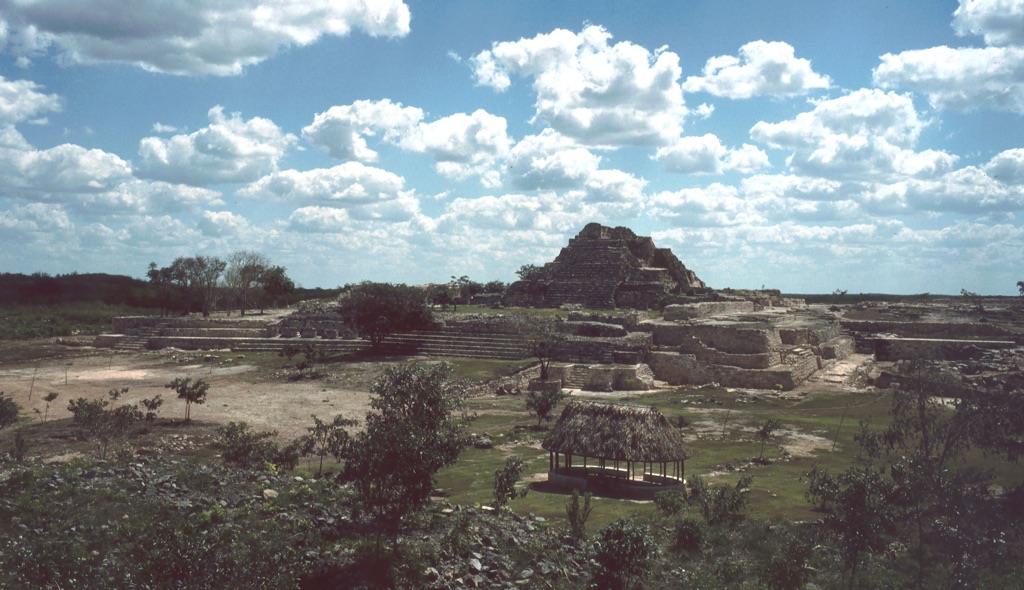
Architecture and Urban Design
Oxkintok’s urban plan reflects a deep connection with celestial movements and natural cycles. The site features a range of architectural marvels, including the Tzat Tun Tzat, a labyrinthine complex unique to the Mayan region. Its design aligns with the cardinal directions, possibly for ceremonial purposes or to mirror the cosmos. Structures like the stelae and ball courts echo the sophisticated construction techniques of the Maya, blending functionality with religious significance. The city’s advanced design highlights the Mayans’ architectural prowess and astronomy knowledge.
The impact of Oxkintok on Mayan cultural development cannot be overstated. It stands as a symbol of the rise of the Maya, showcasing advancements in writing, art, and governance. The city was a hub of innovation, where astronomers could track celestial events and scribes recorded historical narratives. The rich trove of artifacts and hieroglyphs at Oxkintok continues to offer scholars a glimpse into pivotal societal changes over the centuries.
Religious Importance of Oxkintok
Oxkintok was deeply entrenched in Mayan spirituality. Its temples housed carvings dedicated to various deities, displaying a rich pantheon that influenced daily life and royal decisions. Sacrificial altars and evidence of ritual ceremonies reflect the city’s function as a religious center. Pilgrims and dignitaries likely traveled great distances to partake in significant religious events here, cementing Oxkintok’s role in the spiritual landscape of the Mayan culture.
Today, Oxkintok invites visitors to uncover its storied past. Archaeological preservation allows onlookers to marvel at the expert craftsmanship that withstood the test of time. The site offers cultural insights, drawing tourists, scholars, and history enthusiasts alike. Oxkintok not only serves as a historical landmark but also as a bridge connecting the modern world with an ancient, sophisticated civilization.
The Discovery of Oxkintok
Stumbling Upon Ancient Ruins
In the dense forests of the Yucatan Peninsula, Oxkintok lay concealed for centuries. It wasn’t until the late 19th century that explorers first noted the ruins. Curiosity sparked among those who stumbled upon these remnants. The thick jungle had shrouded the city’s once-majestic temples and pyramids. Historians and archaeologists alike were drawn to the potential insights Oxkintok could provide into the Mayan civilization.
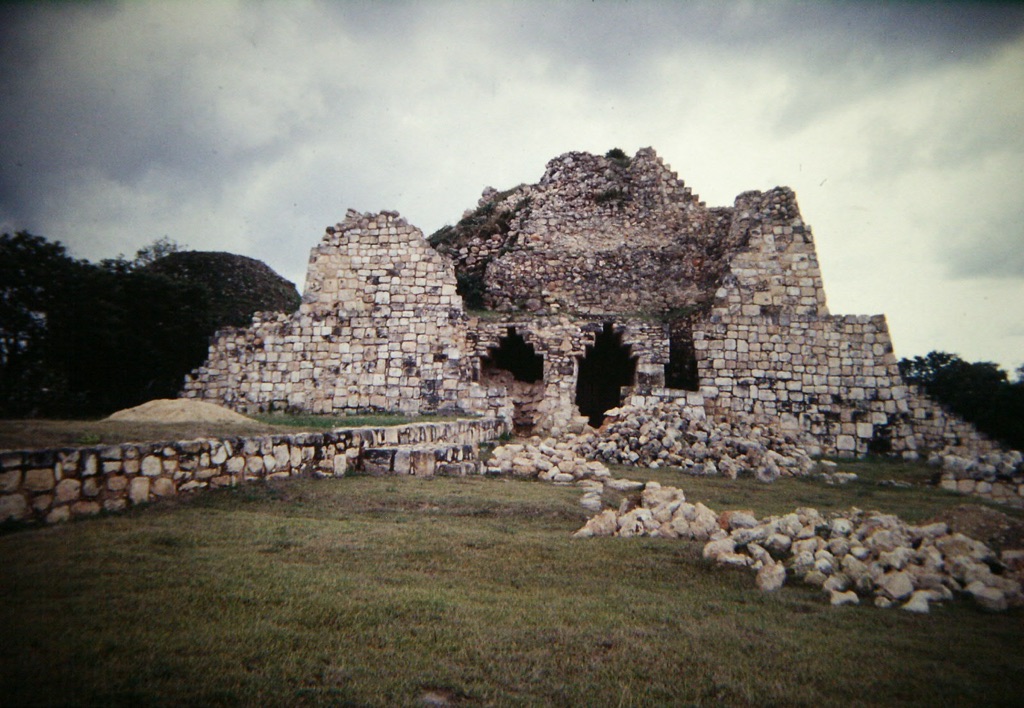
Early Documentation and Mapping
The initial mapping of Oxkintok began in the early 20th century. Archaeologists like Teoberto Maler took great interest in these ruins. They meticulously documented the site’s layout and distinct features. Early expeditions aimed to chart the complex, despite the challenging terrain. These foundations set the stage for more detailed explorations that would eventually unearth significant cultural artifacts.
In the 1980s, further interest in Oxkintok inspired exhaustive archaeological studies. Researchers led by Miguel Rivera Dorado set out to uncover the city’s secrets. They conducted thorough excavations, revealing a vast array of structures. Insights about the Mayan’s daily lives and spiritual practices came to light. These findings vastly expanded our understanding of Oxkintok’s former grandeur and significance.
The Significance of Oxkintok’s Discovery
Oxkintok’s discovery shed light on the complexity of Mayan urban design and celestial alignment. The city’s intricate buildings told of a civilization deeply attuned to the cosmos. These discoveries fed into broader discussions about the Mayan’s advanced knowledge. Such insights challenge prior underestimations of their scientific and cultural advancements.
Today, Oxkintok stands as an invaluable resource for historians and visitors alike. Each new discovery at the site has the potential to rewrite aspects of Mayan history. The discovery of Oxkintok continues to captivate those eager to understand this ancient civilization’s mysteries. As research progresses, the story of Oxkintok unfolds, revealing a past both rich and astonishing.
Cultural Significance, Dating methods, Theories and Interpretations
Cultural Impact of Oxkintok
Oxkintok is not just an archaeological wonder; it was a linchpin in the Mayan world. It played a crucial role in rituals and trade, connecting peoples and ideas. The structures stand testament to the city’s spiritual might and its socio-political clout. Carvings and relics found here underline the deep-set beliefs and the elaborate ceremonies that took place. Oxkintok was, undoubtedly, a cultural powerhouse, influencing neighboring Mayan cities and beyond.
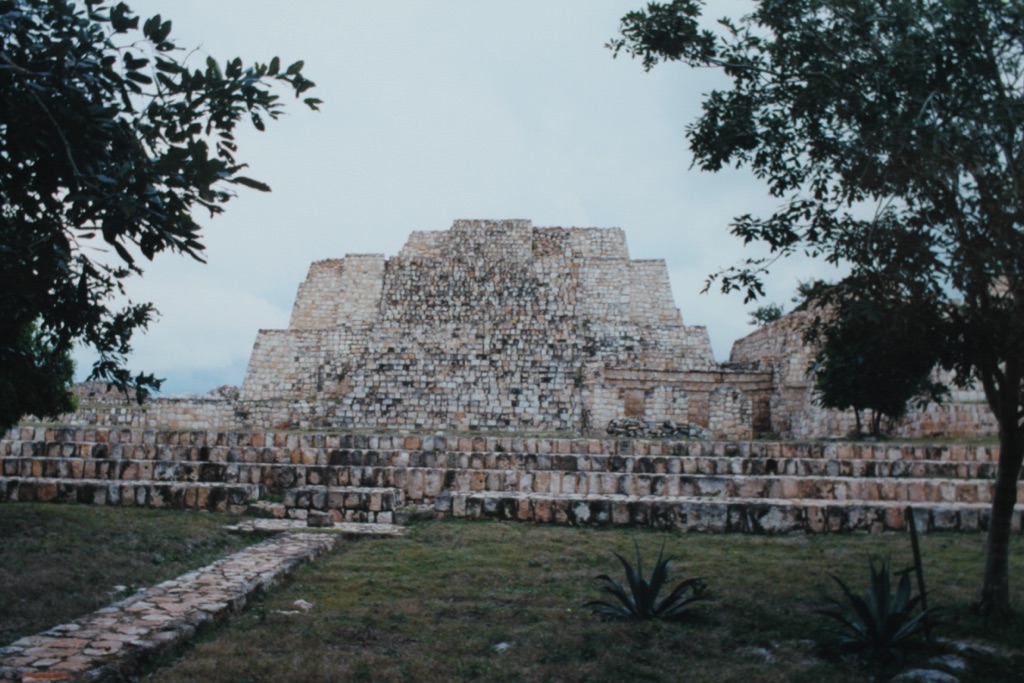
Unlocking Age: Dating Techniques
Determining the age of Oxkintok’s ruins is essential to understanding its history. Here, archaeologists have used methods like radiocarbon dating and analysis of pottery styles. These techniques paint a timeline, placing the city’s heyday in the Classic period of Mayan civilization. They also indicate earlier settlements, showing a long span of occupation. This dating is key to unraveling how Oxkintok evolved and interacted with other Mayan cities.
Oxkintok provokes much intrigue, with several aspects of its history shrouded in mystery. Some experts theorize that the site’s labyrinth, the Tzat Tun Tzat, had astronomical significance. Others suggest it was a pilgrimage site due to its religious constructions. The nature of its downfall also sparks debates. Scholars piece together clues to construct theories, each one adding depth to our understanding of this ancient city.
Interpreting the Ruins
The interpretations of Oxkintok’s ruins are diverse. Some view the city’s layout as a representation of the Mayan world view. Others extract meaning from the positioning of temples and altars. The city is a puzzle, with each stone adding to the story. Interpretations are continually refined as new discoveries come to light. They help us decipher the values, laws, and daily affairs of the people who once called Oxkintok home.
The significance, dating, and interpretations of Oxkintok underline its role in Mesoamerican history. While much has been uncovered, there is still more to reveal. Further study will no doubt enhance our understanding of the Maya and their intriguing city, Oxkintok.
Conclusion and Sources
In conclusion, the historical site of Oxkintok serves as an incredible link to the ancient Mayan civilization, offering invaluable insights into their culture, architecture, religion, and daily life. Through careful examination and interpretation of the ruins, we gain a better understanding of the sophistication and complexity of Mayan society. While the full story of Oxkintok continues to be pieced together, what is evident is the city’s profound impact on the cultural and historical tapestry of Mesoamerica. As research persists, each layer uncovered will undoubtedly contribute further to the rich narrative of Oxkintok and the Mayan civilization.
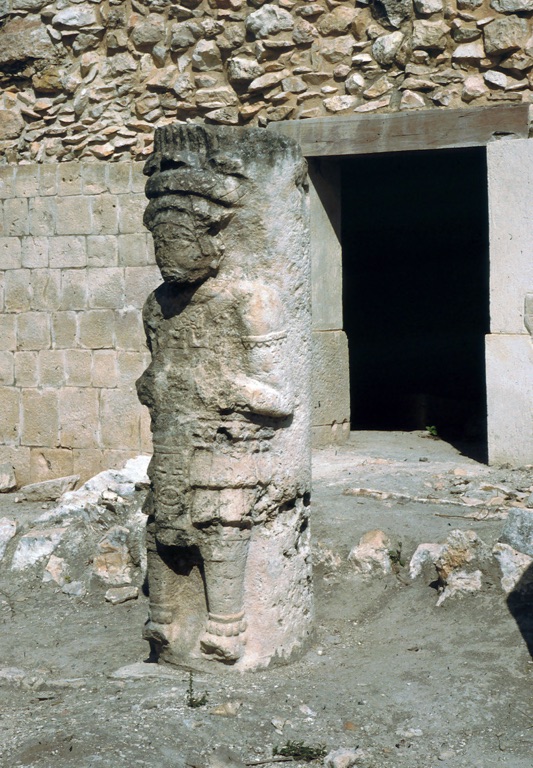
For further reading and to validate the information presented in this article, the following sources are recommended:
Or you can check any of these reputable archaeological and historical texts:
Piña Chan, R. (1985). ‘Oxkintok: A Mayan Site in Yucatan’. Campeche: Centro de Estudios Mayas, Instituto de Investigaciones Filologicas, Universidad Nacional Autonoma de Mexico.
Andrews, E. W. (1990). ‘Excavations at Dzibilchaltun, Yucatan, Mexico’. Middle American Research Institute, Publication 56, Tulane University.
Dorado, M. R. (1987). ‘The Petroglyphs of Oxkintok: New Evidence of Mayan Religion’. Madrid, Spain: Archivo de Prehistoria Levantina.
Cobos, R. (2004). ‘Ancient Maya Commoners’. University of Texas Press.

